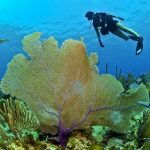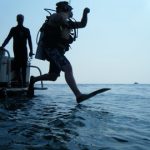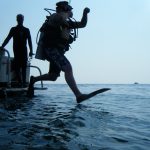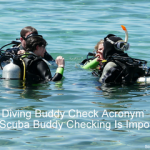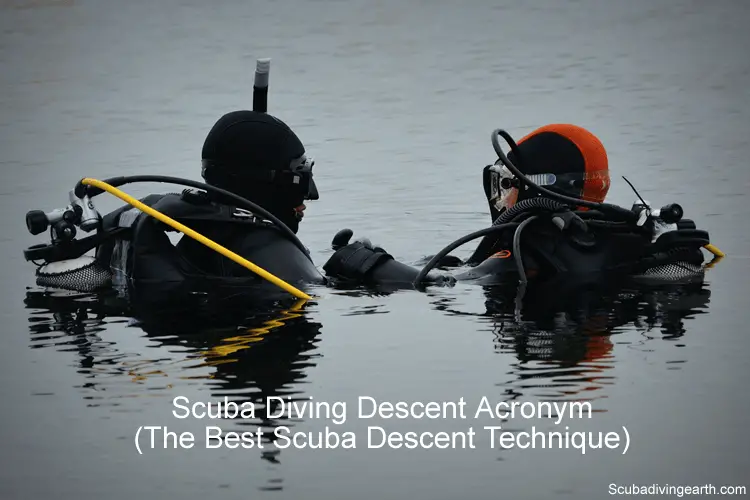
This is about a scuba diver descent acronym to remember the descent procedure
Acronyms work for many people. This includes scuba divers and especially when they’re learning to scuba dive. This scuba pre-descent acronym is for beginner scuba divers who need an aid memoir until their dive descent becomes second nature.
Scuba diving descent acronym is SORTED:
- Signal OK to dive.
- Orientation.
- Regulator in.
- Time.
- Elevate your deflator hose.
- Descend.
The best way to do more diving is to book yourself on a scuba diving liveaboard. You can check the latest and best deals on liveaboards using the following window:
Scuba diving descent acronym
The scuba diving descent acronym I like to teach is SORTED.
This scuba diving descent acronym works as follows:
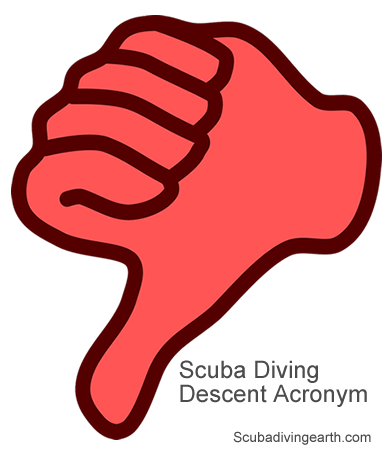
S – SIGNAL Ok to dive
Scuba diving is all about using hand signals. This is especially true underwater, as you can’t speak to your buddy once you’re below the surface.
It’s always good practice to begin the dive using the descent hand signal, which is a thumbs down sign as per the image.
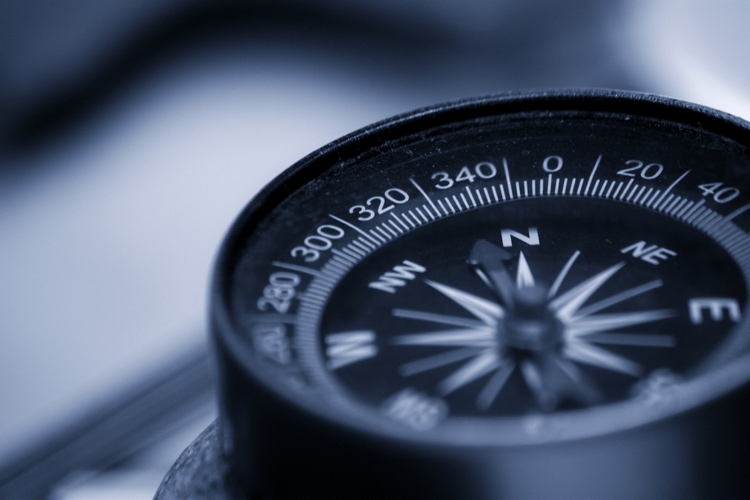
O – ORIENTATE where you are going
Before you descend with your buddy take a look around. Orientate yourself with the boat or with the shore. Better still take a compass on you.
If you have a compass, take a bearing with the land or some other fixed landmark.
Orienting yourself before you descend will help when you return to the surface.
More Reading: How do I get a dive buddy? (5 easy ways to find a dive buddy)
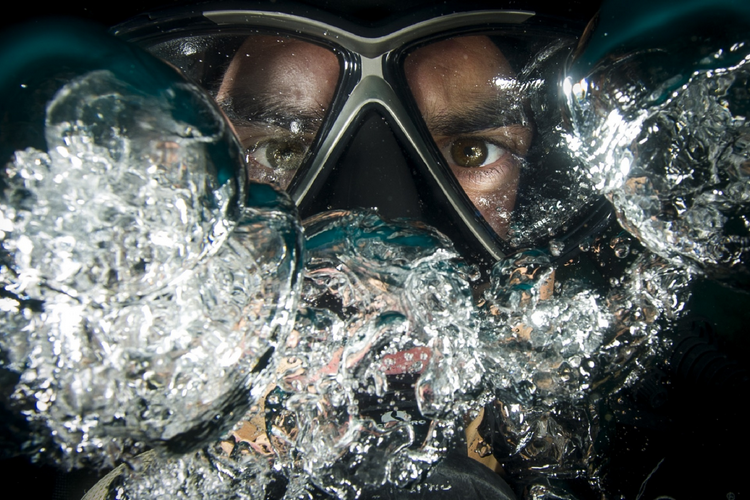

R – Put your REGULATOR in your mouth ready for your descent
Before you descend put your regulator in your mouth. But always leave this to the last minute.
Never breath any more air from your dive tank than is necessary on the surface to conserve your air for the dive itself.
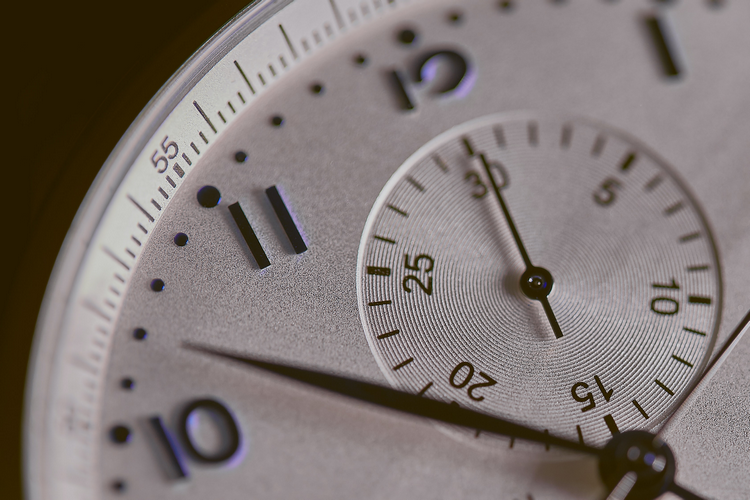
T – Make note of the TIME you leave the surface
Taking note of the time you leave the surface is a safety precaution. Even though most scuba divers use a dive computer it’s a good idea to know the time your dive starts.
If your computer fails this will give you a backup to know how long you’ve been on the bottom. This will help to know your no-decompression stop dive time.
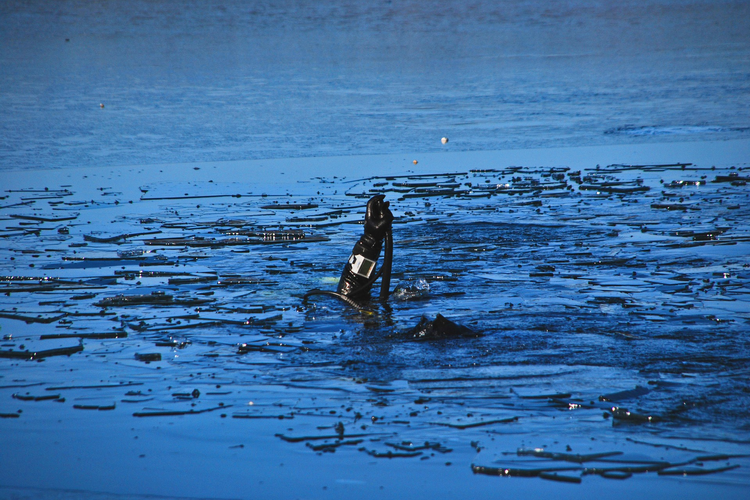
E – ELEVATE your deflator hose to reduce buoyancy
To descend you need to reduce your buoyancy. This is done by elevating your deflator hose (LPI hose) then releasing air from your buoyancy control device (BCD).
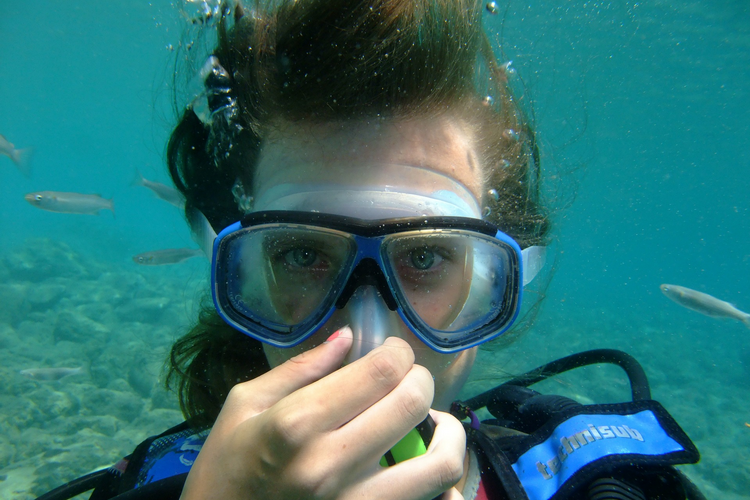
D – DESCEND
As you descend below the surface, remember to equalise your ears and your mask (to avoid mask squeeze).
Pro diver tip: Safe diving practice means you will always dive in a buddy pair and you should always descend together as a buddy pair.
As you descend continue to look and observe for two reasons:
- To keep your buddy in line of sight and within a reasonable distance from you.
- To lookout for what you may see. Look down as you may see sharks as these often disappear as divers enter the water.
I hope you enjoyed this article about scuba diving descent acronym
I’d love to hear from you. Tell us about your adventures of diving and snorkeling, in the comments below. Please also share your photos. Either from your underwater cameras or videos from your waterproof Gopro’s!
If this article hasn’t answered all of your questions. If you have more questions either about snorkeling or scuba diving (or specifically about scuba diving descent acronym), please comment below with your questions.
There will also be many more articles about scuba diving (and snorkeling) for you to read and learn about these fabulous sports.
Have fun and be safe!

